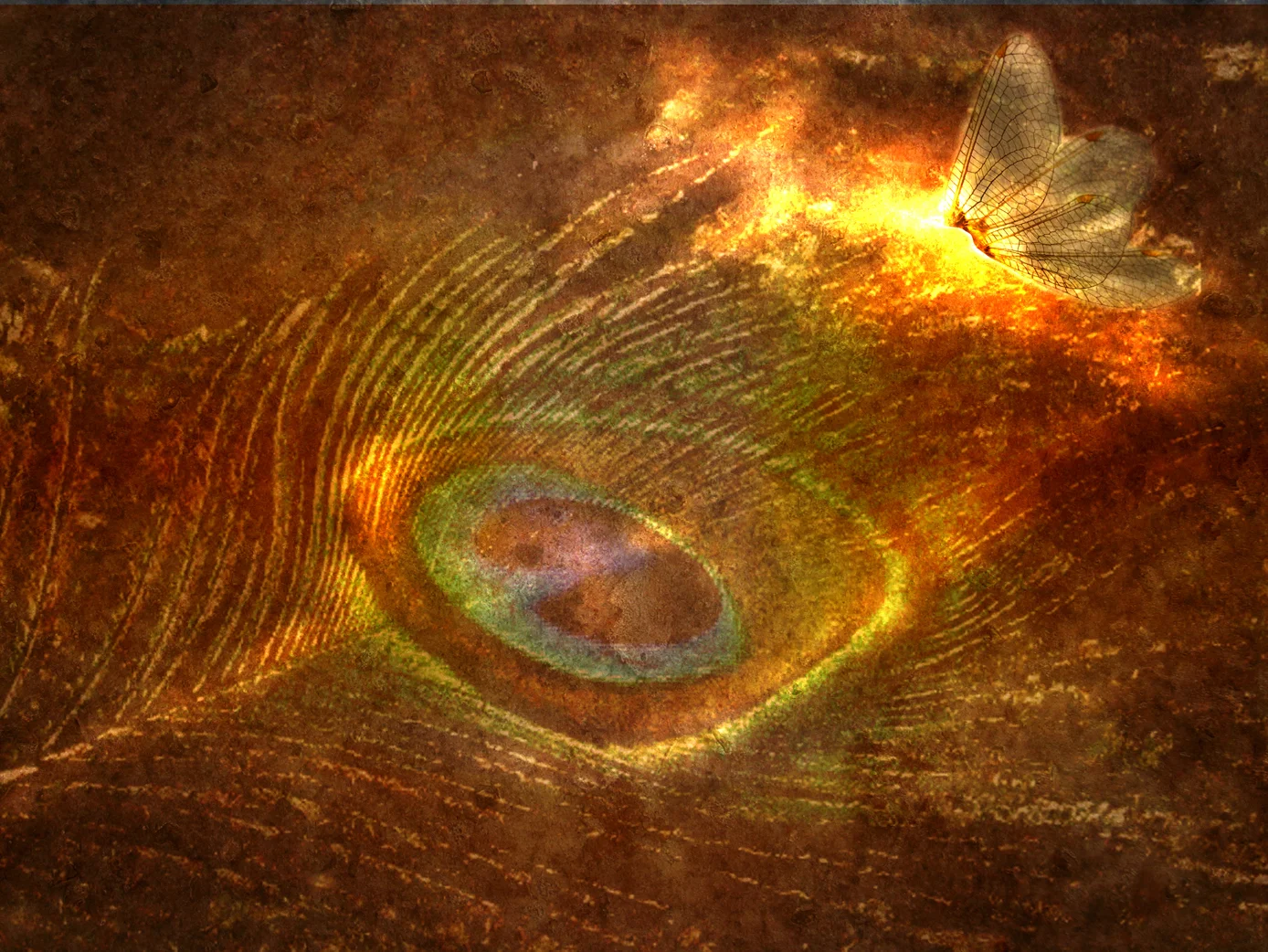Jesus Points to the Moon
Koans, Parables, and the Realm of God
by David Parks-Ramage
The following reflection is the second of three that David Parks-Ramage uses in introducing Zen Buddhist meditation to Christians. The first, “Becoming Intimate with Your Life,” was published here last month. The third reflection will be published here in November.
** ** **
Christian Koan Groups rely on a spiritual tool discovered in China through the development of Ch’an Buddhism. Koans are dialogs between Ch’an masters and their students, found helpful in leading students to a perception of life as it is rather than as it is imagined, hoped or wished to be. An example of a koan is Zhaozhou’s Dog:
A monk asked Zhaozhou, “Does a dog have Buddha nature or not?”
Zhaozhou: “No.”
Photo: Open Door Interfaith Zen
This makes no sense. Dogs, cats, elephants, people, and bears all have Buddha nature, but here is an answer: “No.” This little koan enables the student to study her life closely as she discovers that her map of the world, her sense of herself, learned and carried through the years, does not necessarily correspond to the territory as it is presently. She might be further perplexed when she learns that when asked the same question at another time, Zhaozhou responds, “Yes.”
This koan takes something that all people know and turns it on its head. Convention, your fixed idea of self and world no longer helps you to understand. The koan world is vast and mysterious, with no clear handles. It is only by stepping outside of the perceived bounds of your understanding that things open and become clear. In so stepping, you discover a freedom and an identity hitherto undiscovered.
Jesus works like this. In Jesus’ world things are upside down – the poor blessed, the grief-stricken comforted, peace-makers inheriting the earth. Jesus recognizes the realm of God in all, keeping company with those seen as outcast by others. He teaches using parables, often taking ordinary objects and circumstances, suggesting that in these is the realm of God.
Photo: Jib, Creative Commons 2.0 nc
If we take the parable of the Good Samaritan as an example, we find a societal and religious outcast, a Samaritan, having compassion upon a stricken traveler. As Jesus speaks parables, living life as a parable, conventional and current understandings of self and world do not fit. The map is incorrect. Only as his hearers experience a change in their consciousness, the freedom to step outside of the strait jacket of their conventional understanding and identity, are they able to experience God’s realm. This change of consciousness is, of course, earth shattering, identity shaking. For as one’s view of reality is transformed, ideas of self-image and identity fall away as well. Therein all is made new, life experienced and lived differently. Of this transformation Paul said, “It is no longer I who live, but Christ who lives in me.”
Our life in Christ is deeply personal as it is profoundly communal. As consciousness is transformed, our identities loosened, we find that life itself is seamless, naturally expansive. You can begin to speak, as did Saint Francis, or Brother Sun and Sister Moon, Brother Wolf and Sister Bird. You will find companions in life joined not by personal preference but by common identity. Together, we are Christ’s body. The study of Jesus’ parables and sayings is well suited to group study. As we become more familiar with our lives, discovering a new identity in Christ, we further discover that we are a part of one another. Our groups are a place to discover our “together life,” trusting our togetherness to lead us into a deeper appreciation of this seamless reality.




